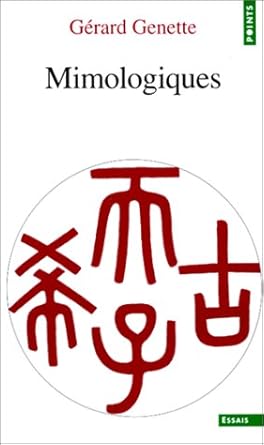I am looking for a PhD student (the financing should start in fall 2013). The topic is the experimental study of the
interaction between membrane inclusions (part of the ANR project
MEMINT). See the offer.
The candidate should have a background in soft matter physics, biophysics or physical chemistry. The project is essentially experimental, involving system formulation, sample preparation and alignment, preliminary characterization and detailed study by small-angle X-ray scattering, using both laboratory and synchrotron sources. Experience with data treatment techniques is not required, but can be an asset.
Your work will fit into a multi-disciplinary collaboration, involving specialists in soft matter physics and biophysics (both experimentalists and theorists) as well as chemists. You should be a quick learner and communicate well.
Your work will fit into a multi-disciplinary collaboration, involving specialists in soft matter physics and biophysics (both experimentalists and theorists) as well as chemists. You should be a quick learner and communicate well.



